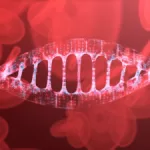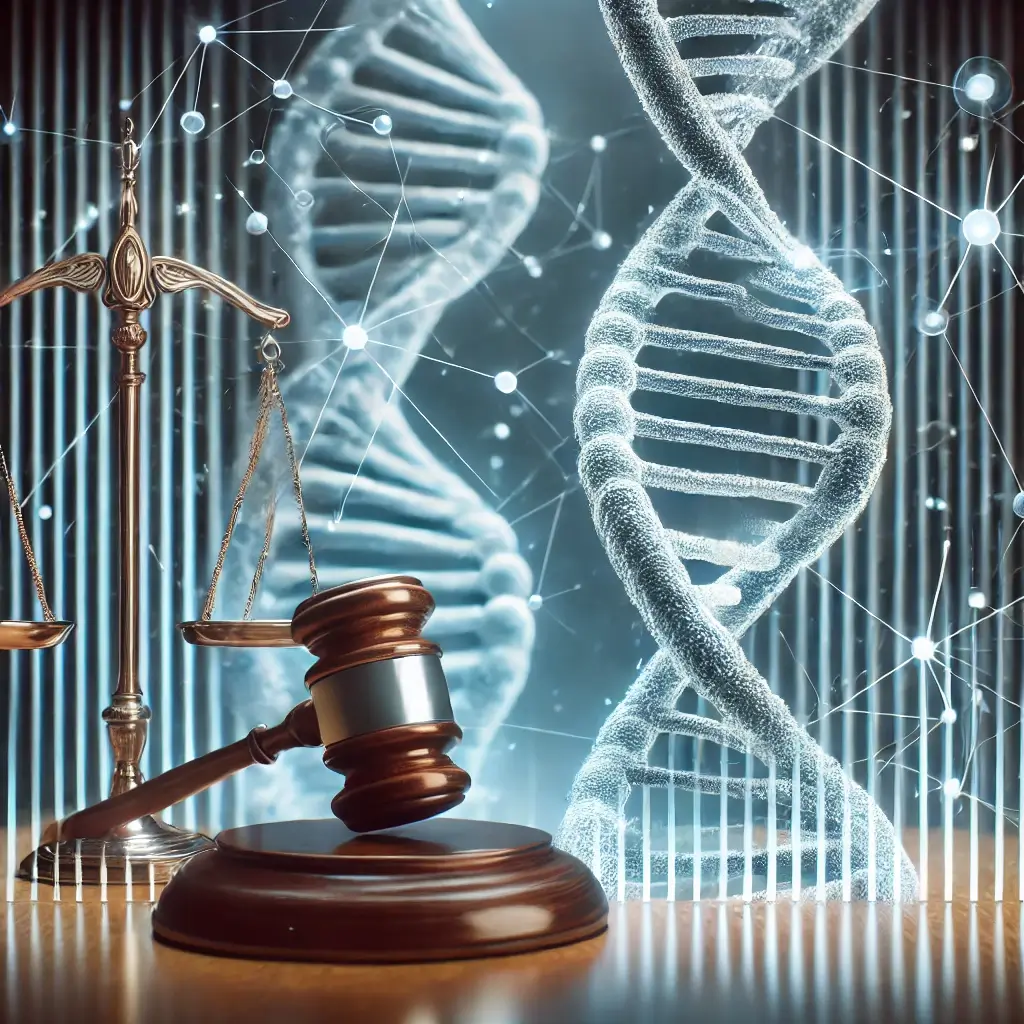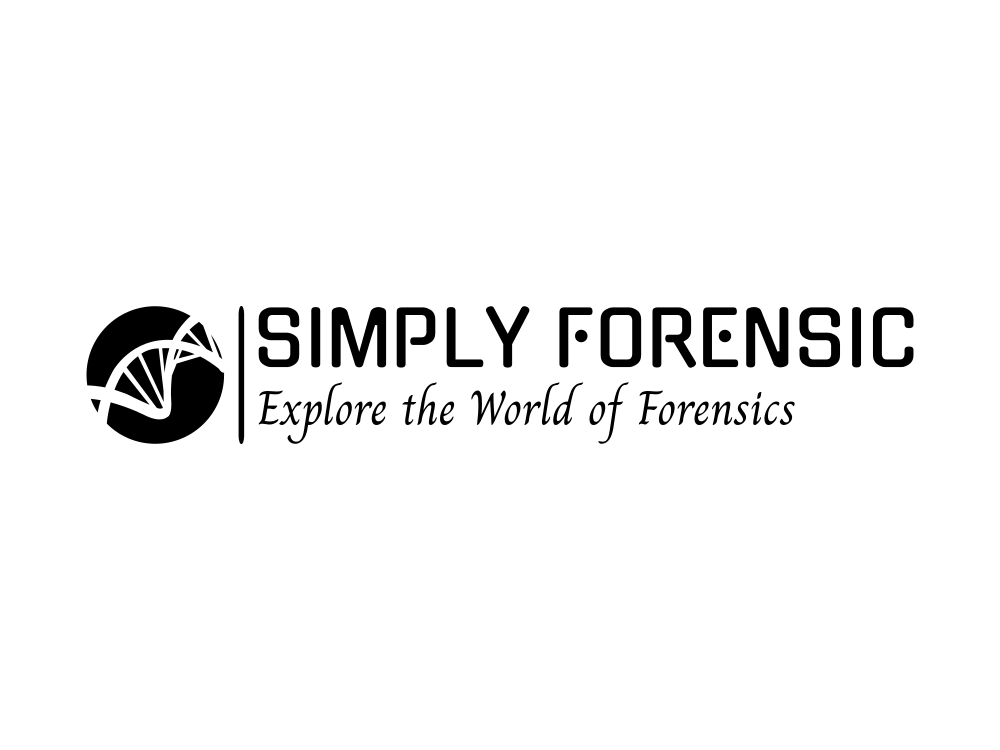In an astonishing breakthrough featured on “48 Hours,” forensic investigators have solved a double murder case that went cold for 31 years. The case, known as “A Killer in the Family Tree,” took an unexpected turn when Chelsea Rustad, who had submitted her DNA DNA, or Deoxyribonucleic Acid, is the genetic material found in cells, composed of a double helix structure. It serves as the genetic blueprint for all living organisms. Read Full Definition to a genealogy database, unwittingly became the key to uncovering a long-hidden killer.
DNA, or Deoxyribonucleic Acid, is the genetic material found in cells, composed of a double helix structure. It serves as the genetic blueprint for all living organisms. Read Full Definition to a genealogy database, unwittingly became the key to uncovering a long-hidden killer.
The Breakthrough
For decades, the double homicide remained unsolved, with few clues available to police. However, advances in forensic genetics and the growing use of genealogy databases changed the investigation’s course. A genealogist utilized DNA data—initially provided by Chelsea Rustad—to search through family tree databases, ultimately linking the unidentified DNA profile from the crime scene to a suspect connected to Rustad’s family lineage.
Unraveling a 31-Year Mystery
- Cold Case Overview:
The double murder case, dating back 31 years, had confounded investigators with limited physical evidence Evidence is any form of proof, such as objects, materials, or scientific findings, presented to establish or disprove a fact in a legal proceeding. It is used to reconstruct events and link or exclude individuals Read Full Definition and an absence of matching profiles in conventional criminal databases.
Evidence is any form of proof, such as objects, materials, or scientific findings, presented to establish or disprove a fact in a legal proceeding. It is used to reconstruct events and link or exclude individuals Read Full Definition and an absence of matching profiles in conventional criminal databases. - Genealogical Twist:
By leveraging modern DNA sequencing and genealogical research methods, investigators were able to generate new leads. The breakthrough came when DNA extracted from evidence at the crime scene was uploaded to a genealogy database. This allowed experts to trace familial connections and ultimately identify the killer. - Impact on the Investigation:
The case’s resolution brought long-awaited closure to the families involved and demonstrated the power of forensic genealogy in solving decades-old crimes. The innovative approach underscores a new era in criminal investigations, where genetic data Information in analog or digital form that can be transmitted or processed. Read Full Definition can reveal hidden connections and break through long-standing barriers.
Information in analog or digital form that can be transmitted or processed. Read Full Definition can reveal hidden connections and break through long-standing barriers.
The Future of Forensic Investigations
This landmark case, featured on CBS News’s “48 Hours,” illustrates how the integration of DNA technology and genealogical databases is revolutionizing cold case investigations. As more individuals contribute their DNA to these databases, forensic scientists are optimistic that many more unsolved cases can be cracked using similar methods.
Stay tuned to Simplyforensic for additional updates on forensic breakthroughs and innovative crime-solving technologies.











